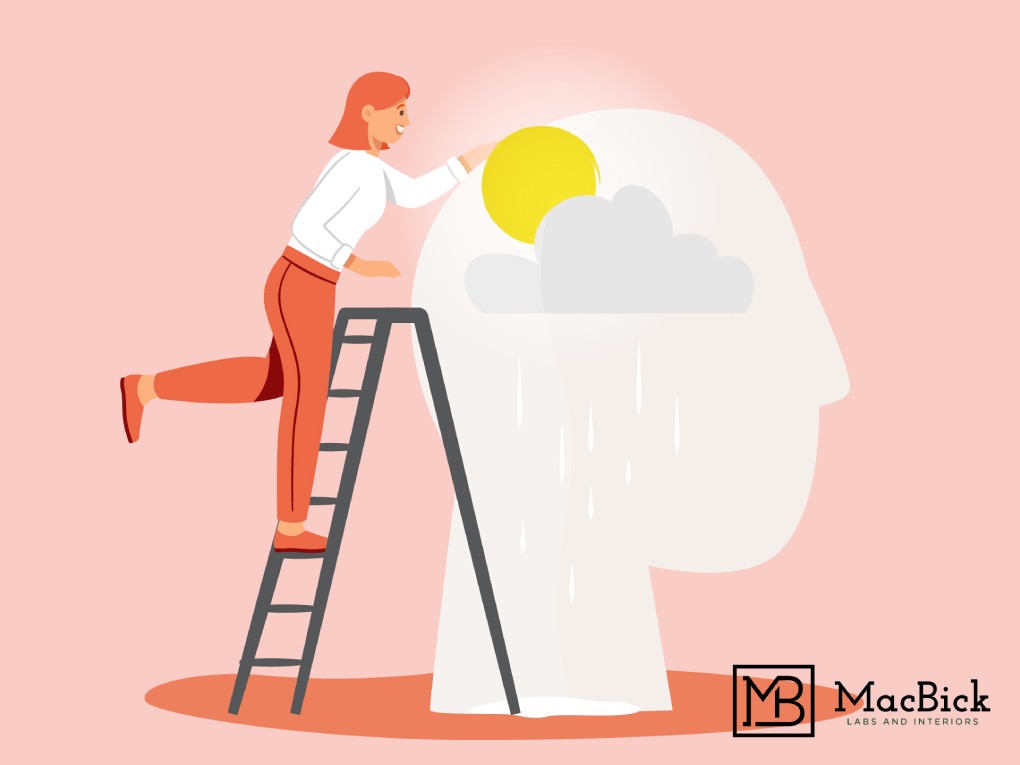The laboratory environment is a unique workplace with many psychological and physical variables that can affect employee wellness. The dynamic yet controlled nature of lab work can lead both physical and emotional stiffness but in the modern laboratory, we have the capability to help our scientists live their best lives, in and out of the lab.
The idiosyncrasies of lab work are lost on those who’ve never experienced it. Science doesn’t happen on human schedules and has to be fed/observed/tested at hours that aren’t always family friendly. Science can be very dangerous. Lab work can be long, tedious, and isolating. The fantastic rewards of discovery and innovation often come slowly, after long periods of testing and failing.
Recent studies show that there is a direct correlation between engagement and wellness, which makes sense when we define engagement as passion, commitment, and discretionary effort beyond the general requirements of the role. A study performed by the Journal of Leadership and Organizational studies concluded that, “high engagement group employees demonstrated higher psychological well-being and personal accomplishment, whereas low engagement group employees exhibited higher emotional exhaustion and depersonalization.”
So, how do we keep our teams well and engaged on all levels? We break down wellness into six categories: Social, Safety, Support, Sustainability, Space, and Stimulation along with a few ways to get started improving employee wellness in your lab.
SAFETY
Starting with the least sexy, yet most obvious S in our list, physical safety is paramount to wellness. Ensuring that our labs are built to code and have adequate ventilation, investing in safety supplies and equipment, and providing ongoing safety training are the basic foundations of ensuring that your lab is a safe space to work. A few ways to show employees that you take safety very seriously and care about their well being are:
- Annual lab safety inspections
- Investing in new safety technologies
- Quarterly offsite safety training sessions (ask your safety supply vendor!)
SUSTAINABILITY
While sustainability in terms of protecting the environment is very important, sustainability for our purposes focuses on the ability and willingness of a person to perform a job function for a long period of time. This is an emotional and psychological wellness factor and is often overlooked in favor of education and intelligence. There are myriad different personality types – even specifically for scientists – and each personality type has a unique set of drives and needs. For example, some people have a high social drive where they need to take frequent breaks and communicate with others while some suffer from being interrupted by the former. Understanding the unique needs of each individual can improve productivity, wellness, and overall happiness by providing an environment where they can work in a way that brings out their absolute best. When their basic, unique needs are met, they have the freedom to produce incredible results.
- Utilize behavioral analytics to better understand individuals and team dynamics
- Create flexible rules around work schedules, breaks, etc.
- Schedule structured 1:1 meetings for checking in and feedback
SPACE
The design of your lab can have profound effects on wellness as well as results. The modern laboratory should be a place where people like to work. We’re not talking ping pong tables and beer refrigerators a la Silicon Valley (although sure, why not?!) but things like views of the outdoors, a clean, pleasant aesthetic, customized and flexible workstations, and areas to socialize and collaborate. Mobility – the ability to move around during the work day – and the availability of ergonomic flexibility are fairly inexpensive ways that show employees you care about their well being.
- Request a free consultation on ways to improve or redesign your lab space
- Provide flexible options for workstation set up
- Add desks outside of the lab for writing and administrative work
SOCIAL
Building a social culture can sometimes feel forced, but it doesn’t have to be all happy hours and team building. As we mentioned earlier, creating a space where your teams can socialize and collaborate is a great first step. The social aspect should focus on inclusivity, support, collaboration, and a platform for individuals to have a voice. While not all people are comfortable or interested in socializing at work, simply offering the option can open minds and alleviate negativity.
- Create a space where people can gather
- Set up a peer coaching program
- Host an annual offsite event
Promoting wellness in the lab can be easy and there are many ways to start today. The first step is awareness and the desire to create a better workplace and happier (and more productive!) employees. The key is to start with a few small changes and ensure that you can follow through with them. Ask for feedback, engage individuals the way that works best for them, and work to provide and environment that supports their needs.


